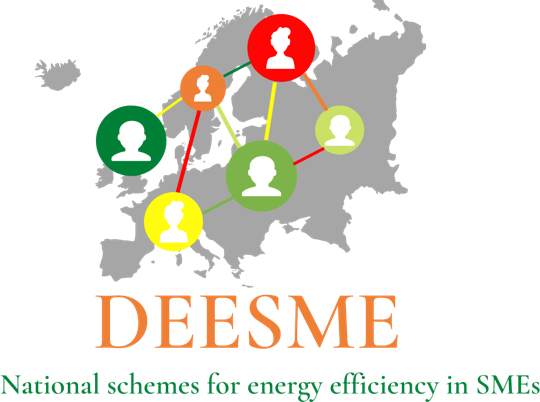An assessment of the energy needs and efficiency of a building or buildings used to find the inefficiencies, done through an inspection survey and an analysis of the energy use, to identify improvements that need to be made to increase energy efficiency. This is often the first step in identifying opportunities to reduce energy expenses and carbon footprint.
Energy efficiency in the EU policy framework: article 8 of the EED
Improving energy efficiency is the most cost-effective way to reduce energy-related emissions, improve economic competitiveness and increase energy security.
Energy efficiency appears in several pieces of EU legislation, aimed at guiding states and companies on ways to improve their energy efficiency. One of them is the Energy Efficiency Directive (EED), establishing a common framework of measures and requirements with the goal to remove market barriers and promote a more efficient use of energy in supply and demand.
Few years back, in the context of the Clean Energy for All Europeans package, the EED was revised. Key provisions linked to energy audits and energy management systems are listed here:
Article 8 – Energy Efficiency Directive 2012/27/EU (EU EED): energy audits and energy management systems
- Member States shall promote the availability to all final customers of high-quality energy audits …
- Member States shall develop programmes to encourage SMEs to undergo energy audits and the subsequent implementation of the recommendations from these audits.
- On the basis of transparent and non-discriminatory criteria and without prejudice to Union State aid law, Member States may set up support schemes for SMEs…
- Energy audits shall be considered as fulfilling the requirements of paragraph 4 when they are carried out in an independent manner, on the basis of minimum criteria based on Annex VI, Access of market participants offering energy services shall be based on transparent and non-discriminatory criteria.
- Enterprises that are not SMEs and that are implementing an energy or environmental management system – certified by an independent body according to the relevant European or International Standards – shall be exempted from the requirements of paragraph 4,
- Energy audits may stand alone or be part of a broader environmental audit…
Without prejudice to Union State aid law, Member States may implement incentive and support schemes for the implementation of recommendations from energy audits and similar measures.
EU Member States (MS), who have now transposed article 8 into national legislation, are therefore required to ensure that large companies carry out energy audits or implement energy management systems and subsequently should encourage Small and Medium Enterprises (SMEs) to do the same. EU MS should implement support measures that allow SMEs to reach their energy savings goals.
DEESME will follow legislative evolutions, – as they have an impact and need to be transposed at national levels- and update this section as the policy framework evolves.
DEESME will also support National Authorities with new proposals for schemes falling under article 8 of the EED.
What are energy audits and management systems?
The difference between the energy audit and the EMS lies in the difference between a systematic, one-time procedure and a long-term strategy.
